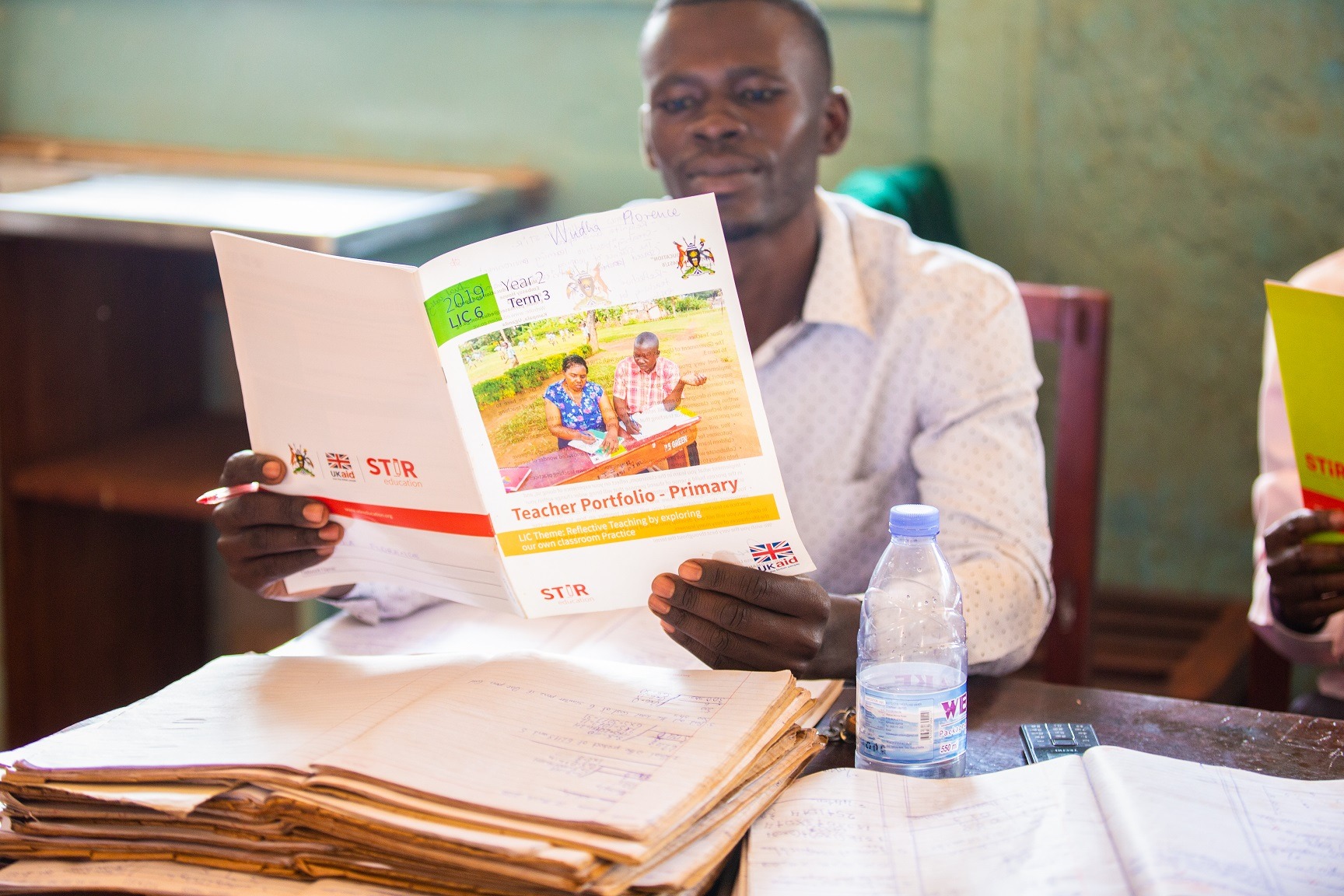Scaling and sustainability are core to our organisational strategy. It is key that we identify ways in which our work can be successfully embedded into the systems in which we work. This document summarises how we work with governments in order to achieve this. It defines how we understand both scaling and sustainability, and how we have drawn both on our own experience and the wider evidence base to reach these understandings. It then traces how our approach to working with government has evolved over time, before outlining the key features of our current approach.
What do we understand by scaling and sustainability?
Scaling
AT STiR, we have traditionally defined ‘scaling’ in terms of reach, primarily in terms of the number of children taught by teachers in our programmes, but also in terms of number of teachers, officials, districts, government partnerships etc. This is what the literature refers to as ‘scaling out’. However, over time we have recognised that merely increasing our reach is not sufficient as a way to think about scale. We also realise the need to consider:
- ‘Scaling up’: ensuring that our work goes beyond programme delivery to become embedded within a system; for instance, through policy change (see below how this also informs our thinking about sustainability).
- ‘Scaling deep’: this is about going beyond just delivering a programme to ensuring we are changing the ‘hearts and minds’ of those in the system, including changing how people see themselves and their relationships with other key actors in the system (e.g., teachers changing how they see their roles and the children they teach.
Our organisational understanding of ‘scaling’ is thus informed by all three types above: scaling out, scaling up, and scaling deep.
Sustainability
This view of scaling is inherently also about ensuring any changes we make to the systems in which we work are sustainable. Particularly when consider ‘scaling up’ and ‘scaling deep’, we can identify a key cross-cutting theme of ownership. This is at the core of how we see sustainability: how we get to a point where the system ultimately owns and shapes the work with minimal intervention from STiR.
The education scaling literature highlights two key challenges when it comes to scaling and sustainability. First, education is a messy domain. It is a highly complex endeavour where it is difficult for teachers to successfully adapt promising initiatives to their own contexts. Consequently, as noted by Larry Cooley and others, ‘successful scaling depends on striking the right balance between fit with the context, fidelity to a well-structured set of design principles and practices, and flexibility so users can adapt the initiative to their own needs’. Second, governments play a key role in sustaining and scaling education initiatives, and success often varies considerably by the capacity of the system.
Read the complete article here…


